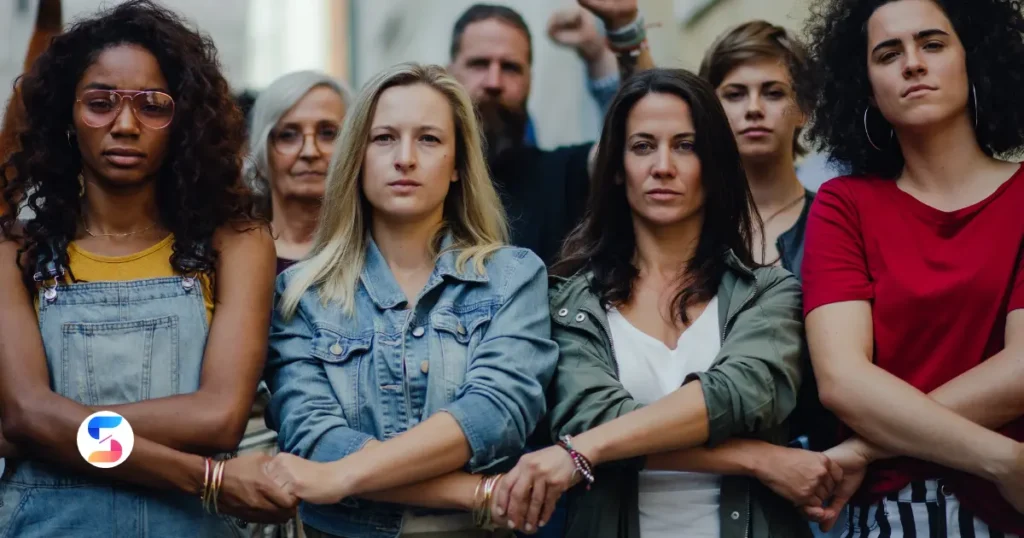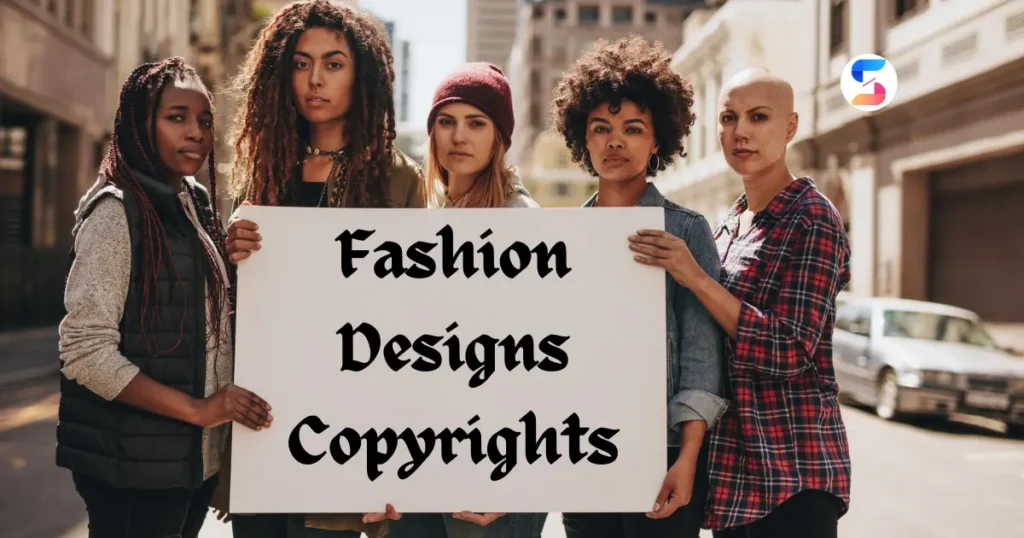Fashion is a fascinating world where creativity and business come together, constantly pushing the boundaries of innovation and artistic expression. However, in the midst of runway shows and trend predictions, we often overlook a controversial topic: the level of protection, or lack thereof, for fashion designs under copyright law. Let’s find out the world of fashion copyright and its historical context, current challenges, and potential future directions.
Jump To Section
Historical Context of Fashion Copyright
To grasp the current situation, we need to take a look back at the events of the past. Over the years, fashion copyright laws have gone through significant changes. Important legal cases and the ever-changing norms of society have influenced these changes. Throughout history, the evolution of legal protection and the ongoing discussions about digital piracy have offered valuable insights into the complexities of fashion law.
During the late 19th century, the rise of couture houses in Paris led to a demand for legal protection of fashion designs. But the fashion industry presented unique challenges that early copyright laws struggled to handle. In 1950, the U.S. Supreme Court made an important ruling in the case of F.W. Woolworth Co. v. Contemporary Arts, Inc. This ruling recognized the copyrightability of fabric designs, which had a significant impact on future legal battles.
Understanding Copyright Law

Before we go any further, it’s important to understand the basics of copyright law. So, what exactly makes something eligible for copyright protection? So, how do you figure out if a creative work is eligible for protection? When we break down these questions, we can have a more detailed conversation about how copyright applies to the fashion industry.
Copyright, according to the U.S. Copyright Office, gives creators the special privilege of reproducing, distributing, and displaying their original works. It can be quite challenging to determine the extent of copyright protection for fashion designs. Unlike traditional works of art, fashion designs have the unique ability to combine aesthetic expression with practical functionality. This duality can make assessing copyrightability quite difficult. Courts have to carefully navigate between artistic creativity and utilitarian function.
Challenges in Copyrighting Fashion Designs

Copyright provides strong protection for different types of artistic expression, but when it comes to fashion, there are some unique challenges. Designers often encounter various challenges when it comes to protecting their work. These challenges include differentiating between functional and artistic elements, dealing with the complexities of originality, and addressing concerns about the public domain.
Fashion designs’ separability plays a crucial role in determining their copyright eligibility. Courts employ various tests to ascertain the separability of a design’s artistic elements from its functional aspects. These tests include “conceptual separability” and “physical separability.” However, these tests can sometimes produce inconsistent results, which can leave designers and legal scholars feeling uncertain.
Existing Protections for Fashion Designs
Without a complete copyright system in place, designers have sought out other ways to safeguard their work. Trademarks and trade dress can help protect your brand identity, while design patents offer some protection for the unique visual elements of your fashion creations. Fashion professionals need to have a good grasp of the strengths and limitations of these mechanisms to protect their intellectual property.
Trademarks are really important for fashion brands because they help protect their brand names, logos, and other unique identifiers. They play an important role in preserving these brands’ commercial value. When designers register their trademarks with the U.S. Patent and Trademark Office (USPTO), it helps them stop competitors from using marks that might confuse customers.
Should Fashion Designs be Copyrighted
There is a lively discussion among industry insiders and legal scholars about whether fashion designs should be eligible for copyright. Some people believe that it is important to have stronger protections in place to encourage innovation and protect the rights of designers. On the other hand, some worry that too many regulations could hinder creativity and prevent the free exchange of ideas. Examining these different viewpoints helps us better understand how creativity and commerce interact in the fashion industry.
Those who support fashion copyright believe that having stronger legal protections is necessary to encourage creativity and investment in design innovation, just like in a normal conversation. Without proper safeguards, designers face the risk of exploitation by copycats, who profit from their hard work without truly contributing to the industry’s progress.
International Perspectives on Fashion Copyright
It’s interesting how fashion can transcend borders, but it’s worth noting that copyright laws can differ quite a bit depending on where you are. When we look at how different countries handle fashion copyrights, it gives us a better understanding of the pros and cons of globalization. In today’s ever-changing fashion world, we must establish global copyright standards to ensure harmony and protect the rights of creators.
Intellectual property laws in Europe provide more protection for fashion designs. The European Union safeguards the visual appearance of products through a special right known as “unregistered community design.” The marketplace provides a robust framework for designers to assert their rights, including broad protection for fashion designs.
Proposed Solutions and Future Directions
During various challenges, creative thinkers are finding new ways to better protect fashion designs. The fashion industry is making efforts to update copyright laws to better meet its specific requirements. At the same time, advancements in technology are providing new ways to track and protect intellectual property rights. By embracing these initiatives, stakeholders can work together to create a fashion ecosystem that is fair and environmentally friendly.
The Fashion Design Protection Act (FDPA) in the United States is a notable development in enhancing legal safeguards for fashion designs. The proposed legislation seeks to expand copyright protection to “unique and original” fashion designs for three years. This would give designers a period of exclusivity to benefit from their creations.
conclusion
In the end, the question of whether copyright law can protect fashion designs is intricate and multifaceted. Recent years have seen some improvements in strengthening legal protections for designers, but there remain numerous challenges that require attention. Through open conversation, working together, and embracing new ideas, the fashion industry can overcome these obstacles and come out even stronger and more adaptable than before.
Navigating the path toward fashion copyright reform can be quite challenging, but it also presents numerous opportunities for positive change. By working together and thinking ahead, stakeholders have the opportunity to create a future for fashion design that is fair and environmentally friendly.
FAQs
Q1: Are clothing designs copyrightable?
Generally, clothing designs themselves aren’t copyrightable, but certain elements like prints or fabric patterns may be eligible for copyright protection.
Q2: Which designs can be copyrighted?
Original and creative designs that meet copyright criteria, such as artistic expression and separability from functional aspects, can be copyrighted.
Q3: What is an example of copyright in fashion?
An example could be a unique fabric print or textile pattern used in clothing designs, which may be protected by copyright law.



